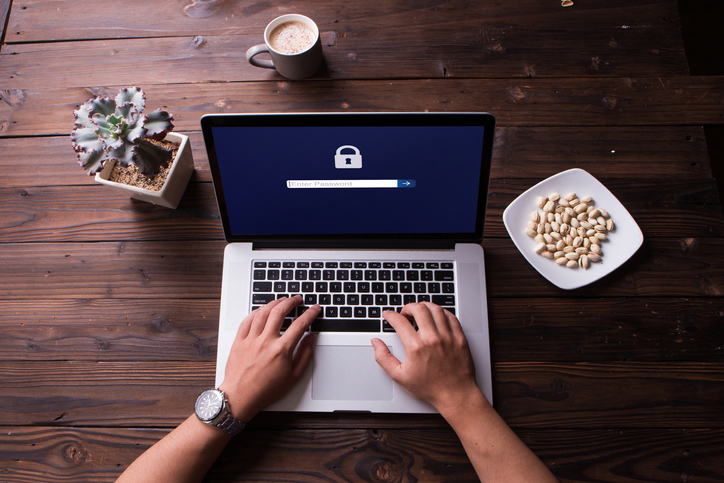This post will explain how to transfer everything from a malfunctioning PC, including your programs, settings, documents, music, movies, favorites, and pictures, to a brand-new, functional replacement computer.
Successful recovery does not require much technical knowledge because the technique makes use of automatic computer rescue software. This tutorial can be applied in the following situations:
- Your computer has a hardware issue, such as a fried motherboard, a cracked screen, or a graphics card that won’t switch on at all.
- Windows won’t load or boot correctly on your computer.
- You wish to move to a new system because you are unable to fix Windows issues.
- Fortunately, you can restore not only files but also your settings and programs to a new computer if your hard disk is not entirely dead. Find out how by reading on.
Get the hard drive out of the broken computer and connect it to replacement PC
Extracting the hard disk from a damaged computer and connecting it to a new one is the first step in recovering the applications and data from it. Let’s analyze that.
Remove the old drive from the malfunctioning PC first:
- Turn off the machine’s power and take out the battery if it’s a laptop.
- When you open the casing of a desktop computer, the drive is visible on the front.
- In a laptop computer, you will probably see a dedicated flap for accessing the hard drive, which you can open by removing a few screws.
- Disconnect the hard drive from the cables that go into it, and take it out.
You have to connect the hard disk to the new computer now that you have it. There are various methods for doing this:
USB enclosure
You can use a USB hard drive enclosure, which is a unique gadget that resembles a “box” and into which you insert the old drive. After that, a straightforward USB links the enclosure to the new PC.
Another option is to utilize a USB hard drive adapter, which is a cable-like device that attaches to both the new computer’s USB port and the hard drive on one end.
You can connect the old drive as a secondary internal drive, much like the one in the new computer, if it’s a desktop.
You should be able to access the old files after connecting the old drive to the new computer in either of the methods mentioned above. You can then move on to the recovery process at that moment.
Recover your applications, files, settings, and profile from the damaged computer’s hard drive.
You can currently access the older files on the new machine. This is a huge improvement already! You can search for the necessary files and manually transfer them to the new computer. Although doing this kind of manual recovery is not the simplest task, at least you will be able to retrieve your files.
Thankfully, there are programs available to perform a full and simple automatic recovery. The Zinstall Migration Kit Pro that we’ll be using will even retrieve your programs, together with your emails, customization, settings, documents, and anything else. Moreover, it’s automated, saving you the trouble of finding everything by hand. See how we can.
How to transfer files and applications from a damaged computer’s hard disk to a working one
All you have to do is launch the recovery program now that the old drive is connected:
- Run Zinstall Migration Kit Pro on the new computer, and it will recognize the old drive automatically (you can download it here: Zinstall Migration Kit Pro). Verify the choice, then click the Next button.
- Use the Advanced option to choose whatever files or applications you want to recover in the desired quantity. Click Next to proceed if you wish to recover everything at once.
- After a brief overview of the recovery procedure is shown to you, click “Go” to get started.
That’s all; after the recovery process is finished, your files and applications will be transferred from the damaged computer to the working one!




